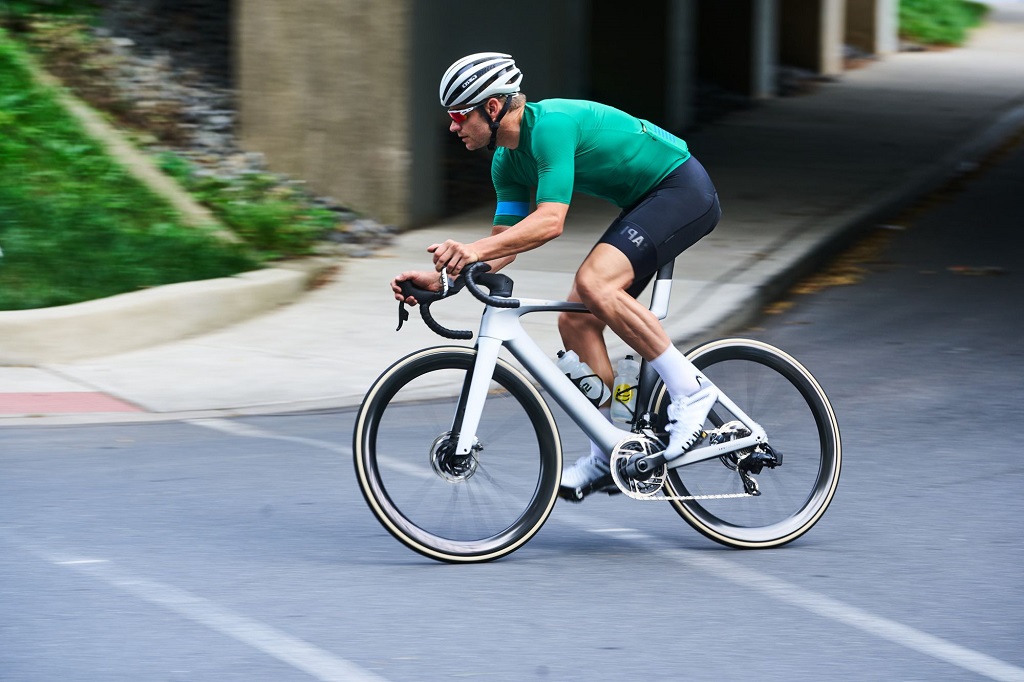Essential Tips For Avoiding Lower Back Pain During Bike Rides

Lower back pain is so common for cyclists that it’s almost become accepted as ‘just part of cycling.’ It is largely caused by weak core muscles, which are required to hold the spine in a strong, stable position while you ride.
Other factors, such as incorrect bike fit or muscle imbalances, can contribute to back pain. Read on for tips to avoid these problems and get one pedal stroke closer to pain-free riding.
Stretch Before You Bike
Cycling is a great way to improve your fitness, but if you aren’t careful, it can cause lower back pain.
One of the most important things is to stretch before you ride. This is especially important if you have tight muscles. This can help to loosen up the muscle and prevent back pain. It is also important to ensure you are warmed up before stretching, preventing lower back pain from riding a bike.
Another thing that can cause lower back pain while riding is having a weak core. This can be caused by insufficient core strength or not training the core muscles.
Ensuring you have the right bike for your body is also important. This can be caused by an incorrect bike fit or needing the right gear for a particular type of ride. Finally, it is important to take rest days when necessary. This can be done by taking a low-intensity walk or by just relaxing and not doing any exercise.
Strengthen Your Core
Strengthening your core — a cylinder of abdominal and back muscles that wraps around your body like a corset — is one of the best things you can do to avoid lower back pain. A strong core allows your back to move through its normal range of motion with less stress and helps prevent you from putting too much pressure on the spine’s disks.
If you experience back pain during exercise, stopping and seeking medical help for further evaluation to rule out more serious conditions is important. Always work within your physical limits; overdoing any activity can increase back pain and slow recovery.
Performing a few exercises to strengthen your core can help you avoid back pain while riding. Try the bridge exercise, which is performed on the floor with your knees bent and feet flat on the ground. Start by bracing your core and squeezing your butt before lifting your bottom off the ground, ensuring you don’t arch your back. You can also perform a bird dog exercise, which is done on all fours with your hands and feet on the ground and one arm extended behind you.
Get a Bike Fit
If you’re experiencing back pain on your rides, the first thing to do is get a professional bike fit. Many larger bike shops have trained staff to evaluate your bicycle and recommend adjustments to improve your cycling position and posture. The fit process typically involves an off-bike session where the fitter measures your leg, foot and arm lengths, then an on-bike session where they adjust your cleat placement, pedaling motion, seat height and cockpit (seat and handlebar size). A full fit can take one to two hours.
Getting the proper bike set-up can help to eliminate back pain for many cyclists. Excessive reach (the distance between the saddle and bars) or a saddle that is too high can cause your hips to rock from side to side while you ride, which can stress your lower back. Additionally, a too-low saddle can lead to excessive thigh pressure on your quad and the psoas muscle (major hip flexor). A bike that fits you perfectly will allow for a more neutral pelvic position while you ride.
Wear the Right Gear
It’s a no-brainer that if your back muscles are weak, they can’t provide the stability needed for the rest of the body to function optimally. Training your core and back muscles to be strong enough to support the body through repetitive, high-intensity movements like cycling is key.
Having a bike that fits your body can also help to avoid lower back pain. If your bike is too small, it can cause over-reaching and make you flex forward on the saddle, placing stress on your lower back. Having your bike fit by a professional is a good idea to get the most out of your ride.
Poor hip mobility is another common cause of low back pain in cyclists. Tight hip muscles (the hip flexors, gluteal and piriformis) can cause increased lateral pelvic movement, which forces your lower back to work harder to compensate, causing pain. If your hips are too tight, try doing lower-body mobility exercises to help loosen things up. This will also improve your cycling performance and help you to stay injury free.
Take a Rest Day
Taking a rest day is one of the most important things you can do to avoid back pain. It will allow your muscles to heal and recover and help prevent you from becoming tired or injured.
If you are experiencing lower back pain during cycling, seeking treatment from a physical therapist is essential. You can learn exercises to strengthen your core muscles and develop a safe exercise program.
Riding on a smoother surface would reduce your body and back impact. Add suspension to your bicycle, which will help absorb some of these effects. Lastly, ensure your bike is fitted properly to adjust your handlebar and saddle heights to your body type. It will prevent stress on your lower spine and other body areas. If you find yourself rocking side-to-side while riding, this could indicate that your bike is not fitted properly.
